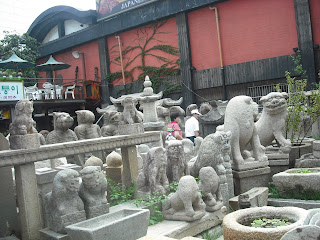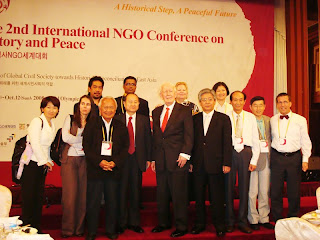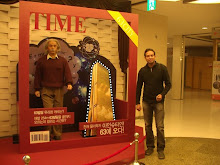It was September 2006, a new experience in my life. First time introducing with Kyung Hee University, a beautiful campus surroundings different kinds of trees but not very common to me. Anyway, it was very nice to see different people form different countries too. I did not have chance to meet a lot of other country's friends before. I had some colleagues from Canada, that's all.

As a Korean Government Scholar, we had requirement to learn 6 month language course in Kyung Hee International Language institute before starts our graduation course. It was my first time introducing with Korean alphabet. I was a little bit scared to see this alphabet first time as it is totally different than Bangla alphabet. I did not how it looks like before but I saw many signboard written different strange alphabets on the street when I was coming from Airport to my dormitory by Limousine. I got similarities with those alphabets.

Anyway, It was very nice feeling for me to have chance to introduce with Korean letter. It did not take much time to learn to read and to write, might be, four or five days. It's really easier than Bangla alphabet. If someone wants to learn how to read and to write Bangla, I think that he/she needs at least 15 days if he/she studies hard (Youlshimhi -in Korean). Since I did not learn Korean before, that is why, I started it from the beginning class. I think that I was the second worst students (unfortunately, one of my friends was in front of me) in my class. I tried my best not to be the last one.

At the end of the September, it was annual song competition of the Kyung Hee University. I applied for that competition even though I did not know any Korean words except Anneng Haseyo (Hi ..in Korean). I was shocked when the committee of that competition told me that they would not accept any foreigners in this time but they offered me to sing a Bangla song as a special guest. I was little bit scared by getting offer as a special guest even though I had many performance experiences in my country. I am not nervous at all to perform. Without any words, I accepted their offer. They requested me to wear some traditional dress of Bangladesh. Fortunately, I brought one Panjabi (kind of traditional dress of Bangladesh). After getting offer from them, I was waiting for that exciting day. One day It came. I entered into a big auditorium inside the Kyung Hee university at 6 pm. I was a little bit scared to see that big auditorium where I have to perform. However, it was empty. The song committee took my voice taste and told me OK.... good... Be ready Jamali........
The main program was started around 7:30 pm. The student from different departments was singing their songs one by one. I was waiting for my session. Anyway, I did not understand any songs as all of those are Korean. I just understood Sarang Hey (Love - in Korean). One time, my turn came to go to stage. The announcer told something about me, I did not understand anything except my name. I entered into the stage with my curious eyes, just looked over the audience. I tried to search, If any Bangladeshi friends there. Unfortunately, there were not any Bangladeshi friends except my two classmates, Ivone from Norway and Joey from Australia. They started to scream by my name when I entered into the audience. Anyway, I gave some greetings to the audience and introduced myself in Korean what my friends taught me and then translate in English again (By chance, If they do not understand my beautiful Korean).
The audience were astonished to see such black guy like me among all of the white people. I started to sing my song named " Amar Har Kala Korlam Re". It is one of the famous Bangla folk songs. I sang several times this song in Bangladesh even though it is not my favorite song. However, I heard some clapping during my singing period. Actually, this song is a little bit hard to sing for beginner singer, might be, some of them understood it as the music notes are same all over the world. Anyway, they asked for another song after finishing the first one but no time.... It was one of my memorable days in Korea. Really, I enjoyed that night. Thus, I finished my first performance in Korea with a great love from audience of Kyung Hee University.................
Miss Kyung Hee....























































